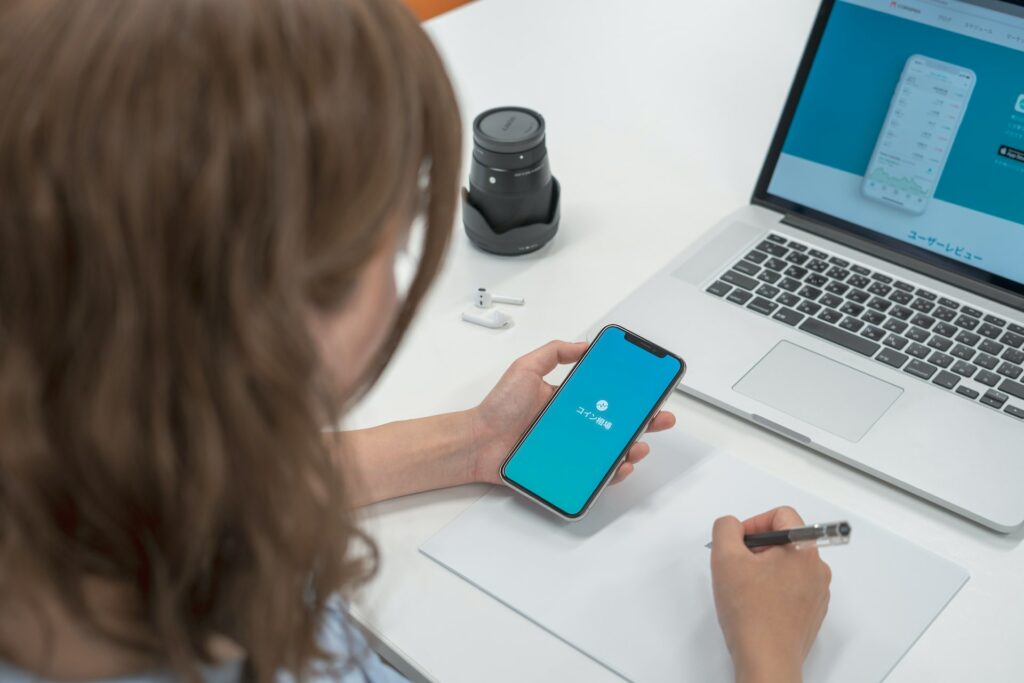10 Essential Tools for Mobile App Development: Streamline Your Workflow
Every day there is a growing market for mobile apps, and more customers request quick, top-notch results. For this reason, in this article, we will learn about 10 Mobile App Development Tools for Android, iOS, and web viewing as well. Kotlin Kotlin is the development language for mobile applications that will help prevent common programming errors in Android applications, which will be strongly typed and will allow interoperating with Java-based code, so it does not limit exclusively to this type of language. Google defined this language in 2017 as a top-level language for Android development, which meant support from the company. Flutter Flutter is a framework developed by Google to facilitate the development of native mobile applications quickly and easily. The main advantage of this technology for developing mobile applications is that only one project needs to be created for all operating systems. In addition to generating completely native code and carrying out an agile development of an application, Flutter offers an excellent user experience with a great loading speed. Swift This strongly typed language, which will allow fewer errors during development, facilitates the use of functional programming patterns, and will also automatically manage memory. As an Apple-native development tool, it performs better on Apple devices. For example, it has search algorithms 2.6 times faster than Objective-C and up to 8.4 times faster than Python. Xcode It is a tool developed by Apple that allows the development of mobile applications for iOS and, once developed, sends them to the AppStore. In addition, Xcode allows using different programming languages such as C, C ++, Objective-C, Java, or Python. Through Xcode, developers can create iOS apps more easily and quickly, thus improving productivity and reducing time. Ionic This development environment uses web standards such as HTML, CSS, and JavaScript, allowing one to obtain a Progressive Web App (PWA) with the ability to work on iOS and Android as a native application. You do not necessarily have to install the application on the phone; it will allow access through a browser. It also adds the option to generate applications to publish on both Google Play and the App Store. React Native This framework allows the development of native apps through the JavaScript language. With React Native, you can access all native APIS and views, thus favoring the user experience and performance. It should be noted that React Native is also characterized by being easy to use and learning to handle as its operation is based on JavaScript, which makes it an intuitive tool. Appcelerator Titanium It is ideal for developing mobile applications, uses JavaScript, and is very simple and easy to use thanks to its interface. It also provides cloud service and is available for Android, iOS, and Blackberry. It stores data without schema (ArrowDB). A disadvantage of this tool is that it is a bit slow and heavy. Convertigo Developers can create mobile apps with this tool on iOS, Windows, and Android. It contains a synchronized data replication feature that can be accessed offline. It also offers you these four options: Convertigo SDK, Convertigo Server, Convertigo Studio, and Convertigo Cloud. RhoMobile It can be used in the development of both native and cross-platform applications and can run on iOS, Android, and Windows. It contains APIs, and an MVC Model View Controller, and synchronizes data offline. Barcodes can be scanned through the API. Goodbarber Useful when the delivery time is short and the customer needs are not specific. Allows you to create Android and iPhone applications in a very friendly way. It includes colorful and highly customizable templates. In addition to being able to create native applications for iPhone and Android, users can have a free mobile web version, which people can access from their phone browsers.
10 Essential Tools for Mobile App Development: Streamline Your Workflow Read More »



